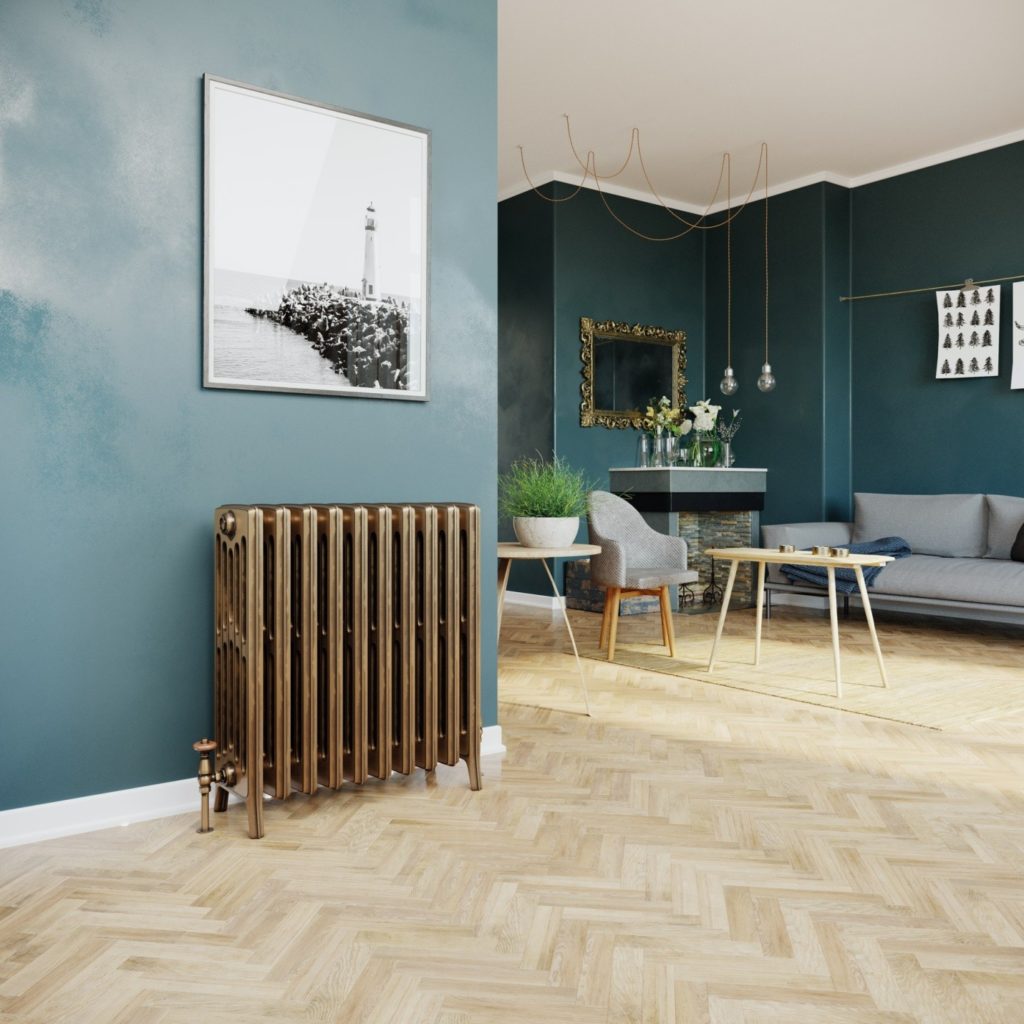Due to its traditional look, robust construction, and effective heating capacity, cast iron radiators have grown in appeal among many homes. They offer great heat dispersion and a retro appeal for any space. However, finding the proper cast iron radiator for your house requires careful consideration. Whether you are installing a new radiator or replacing an existing one, you should consider various elements to guarantee you get the ideal model for your particular space. With good care, these radiators can survive for decades.
Examine the Radiator’s Design and Style
Cast iron radiators range in style from classic to more contemporary designs. While some have clean, simple lines, others have detailed work and vintage details. For a historical house, for instance, a classic Victorian-style radiator would fit perfectly; a more modern design may be appropriate for a modern apartment. Also, consider the radiator’s color. Many cast iron radiators can be coated to complement the color scheme of your room and feature finishes ranging from matte to glossy to textured surfaces.
Calculate the Correct Room Size
Selecting the correct size cast iron radiator will help to guarantee efficient heating of your room. A radiator with a too-small size will not deliver enough warmth, whereas a too-large radiator could waste energy. The size of the room, insulation levels, and radiator heat output all help you decide the suitable scale.
Heat output is measured in British Thermal Units, reflecting the amount of heat that a radiator can produce. Greater BTU-rated radiators will be needed in larger rooms or areas lacking insulation. With consideration for room dimensions, ceiling height, and window location, a professional installer or heating specialist can assist in determining the appropriate BTU for your space.
Evaluate the construction and material quality
Not all cast iron radiators are made equally, and their overall function and lifetime depend greatly on the quality of the materials used in the building. High-quality cast iron radiators are usually formed from expertly sculpted cast iron to guarantee strength and corrosion resistance.
A thinner cast used in some radiators could limit their heat retention capacity and overall lifetime. Purchasing a cast iron radiator requires checking the manufacturer’s standing and the material quality. Choose radiators that have gone through thorough quality control and testing programs.
Examine Brands and Consult Reviews
Comparing several companies and reading reviews from previous consumers who have bought cast iron radiators helps one make an informed decision. Reputable brands have a track record of producing premium goods; so, perform your investigation to identify manufacturers with good comments.
Seek comments on elements including the radiator’s design, heat output, durability, and overall performance. Customer comments could offer insightful analysis of any possible problems or difficulties you might run across. Customer service is also a major factor since a good brand will help you should you have issues or require installation assistance.
Analyze Cost and Energy Efficiency
Cast iron radiators are energy-efficient because of their heat retention qualities. But depending on factors like size, heat output, and radiator design overall, energy efficiency might vary from one model to the next.
Energy efficiency evaluation also depends on the radiator’s fit for the heating system of your house. Though cast iron radiators are more costly initially than other heating sources, their extended lifespan and robustness make them a valuable purchase.

